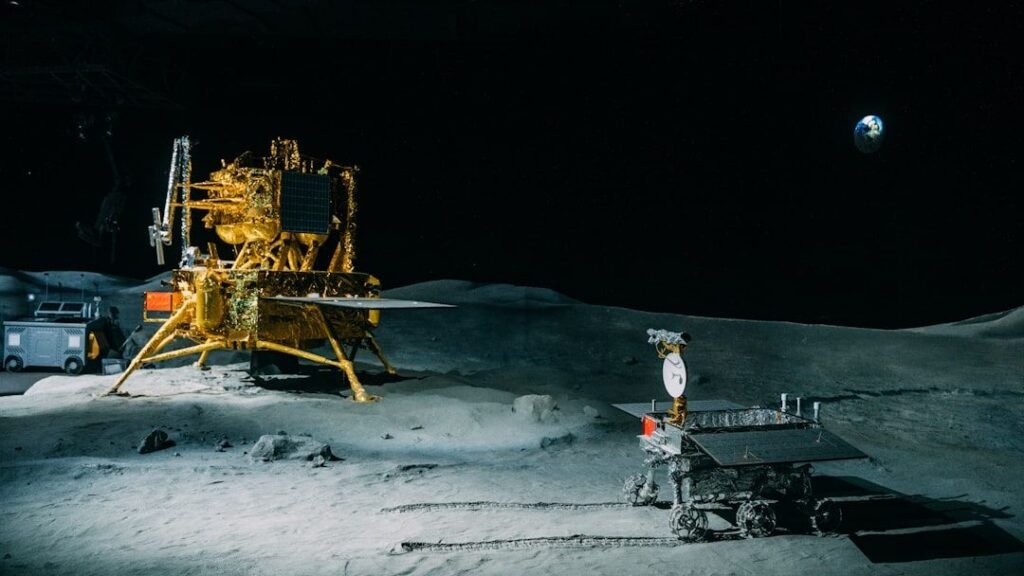Wave-battered and sunlit, ancient coral reefs look like ruins – but they’re anything but silent. Locked inside their stone-white skeletons are timelines of temperature swings, ocean chemistry jolts, and sea-level pulses that outlast empires. The mystery is simple yet profound: how do we reconstruct climates that no instrument ever measured? The answer lives in the way corals build their homes, layer by meticulous layer, archiving subtle chemical footprints of the seas they grew in. Scientists have learned to read those signatures with astonishing precision, revealing not just what changed, but how fast – and why it matters now.
The Hidden Clues
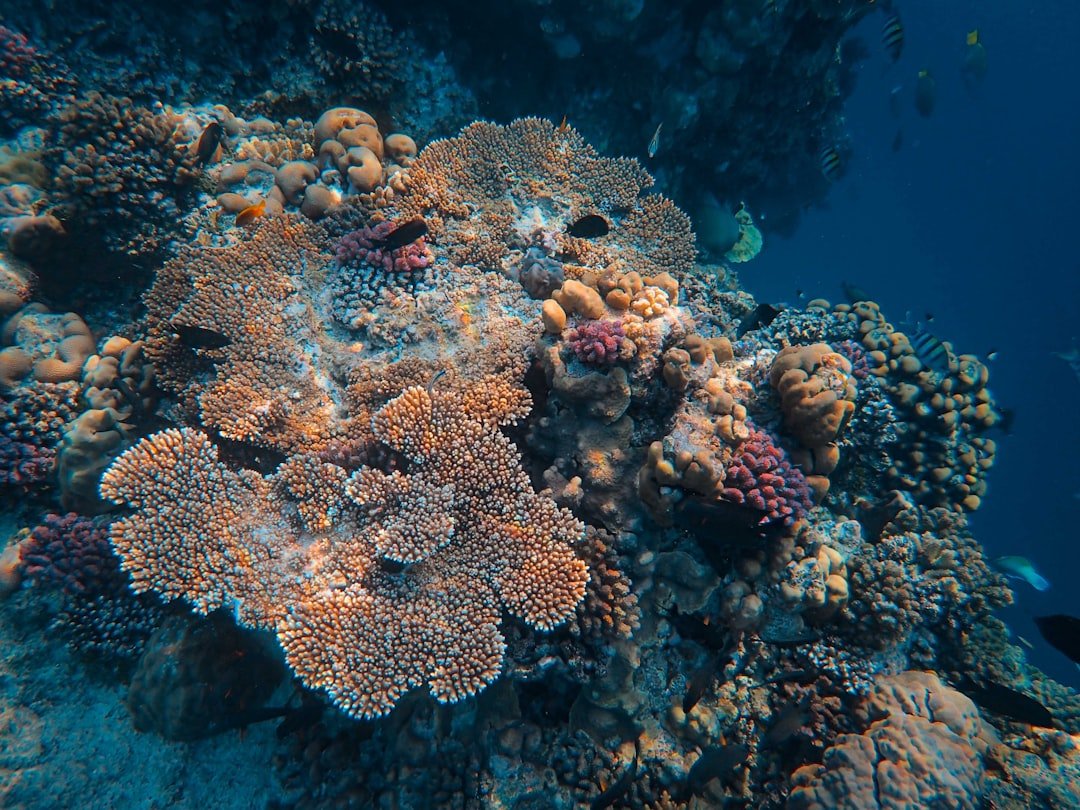
What if a reef were a library and every growth layer a page? Coral skeletons are made of aragonite, a crystalline form of calcium carbonate, deposited in bands that can be daily, seasonal, and annual. Each band traps trace elements and isotopes shaped by the surrounding seawater’s temperature, salinity, and acidity. The result is a natural tape recorder of tropical oceans, etched in mineral handwriting. When researchers slice a core and scan it with light or X‑rays, the seasonal pulse of the ocean pops into view like alternating bars on a barcode.
I still remember holding my first coral slab under a lamp; the bands looked like tree rings glazed in ivory. In some colonies, you can literally count summers and winters, mapping monsoons and marine heatwaves that rolled through centuries ago. Those bands aren’t just pretty – they’re timestamps that help match chemistry to calendar time. That’s the key that turns a rock into a climate diary.
From Ancient Tools to Modern Science
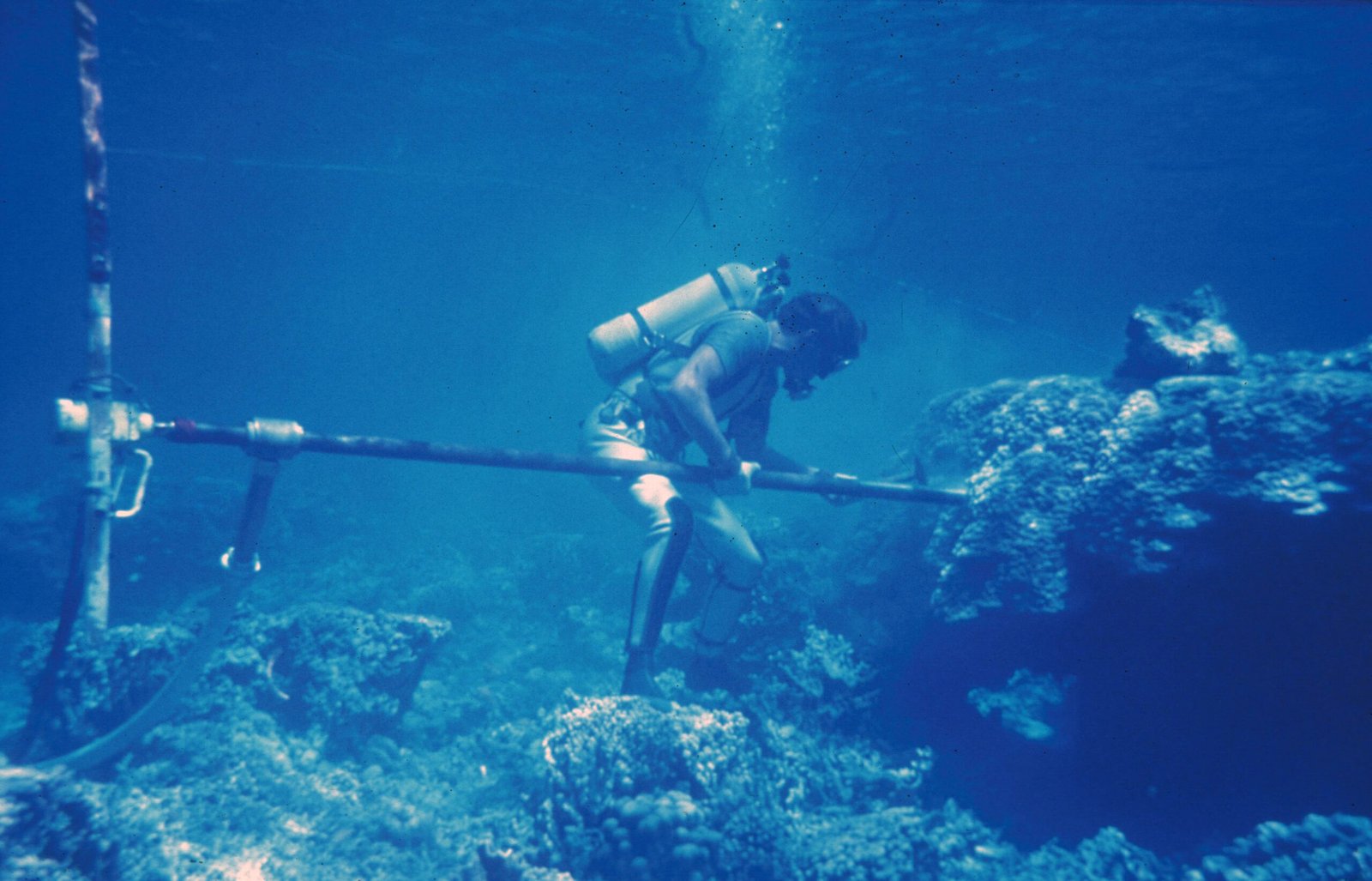
Early naturalists squinted through hand lenses and marveled at reef terraces raised high above today’s waves, realizing sea level must have risen and fallen. Today, the toolkit is surgical. Researchers drill pencil-thin cores from living and fossil corals, date them with uranium‑thorium or uranium‑lead methods, and analyze chemistry at micron scales. Micro‑CT reveals growth architecture; lasers pluck elemental ratios along a path thinner than a hair. The goal is the same as it was centuries ago: connect a place and time to the ocean conditions that shaped it.
Modern labs can resolve month-by-month temperature in colonies that lived before thermometers patrolled the tropics. Clumped‑isotope thermometry, for instance, estimates formation temperature from the way rare isotopes bond inside the carbonate lattice. Pair that with boron isotopes tied to seawater pH, and you can glimpse both warmth and the breath of ocean acidity. It’s like switching from a grainy photograph to a crisp, color-calibrated image.
How Corals Archive Climate
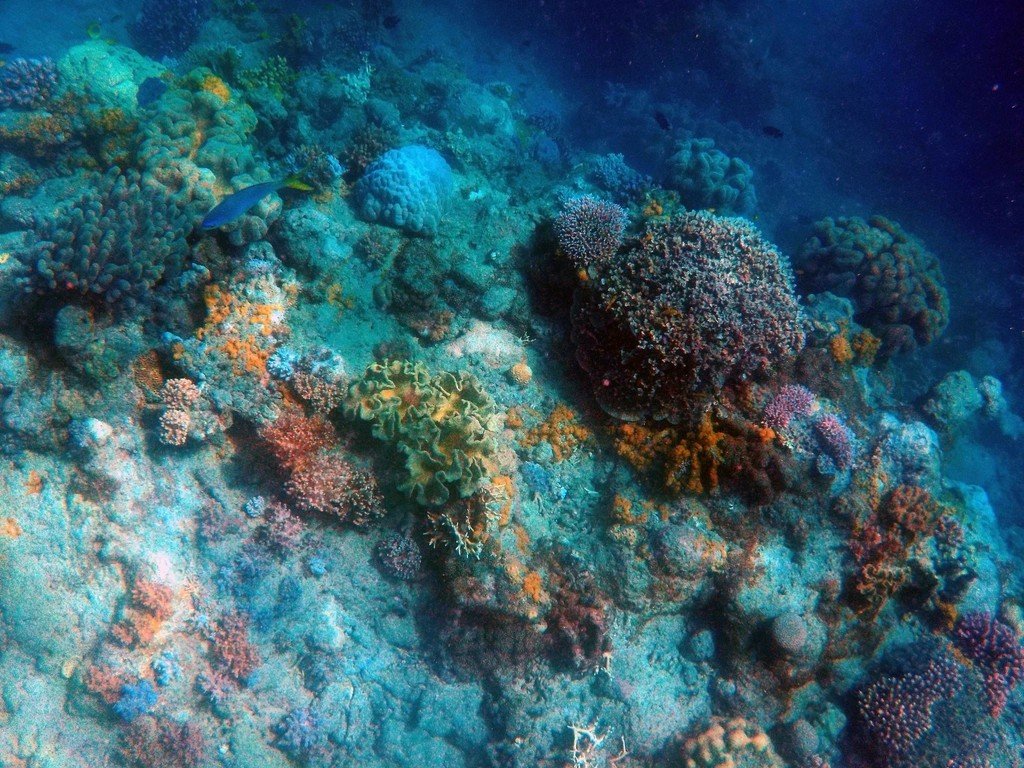
The chemistry is elegantly stubborn. As a coral grows, strontium and magnesium sneak into its aragonite in proportions that shift with temperature, turning Sr/Ca and Mg/Ca ratios into durable thermometers. Oxygen isotopes, especially the balance of heavier to lighter oxygen, track both temperature and freshwater influence – useful for teasing out monsoons or droughts. Boron isotopes mirror the acidity of seawater at the time of growth, letting scientists infer past carbon dioxide chemistry at the ocean’s surface. These signals don’t fade just because the reef ages; once locked in the mineral, they sit tight for thousands to millions of years.
Dating anchors the story. Uranium‑thorium chronometers excel across the last several hundred thousand years, while uranium‑lead methods push deeper into the geologic past. Tie a precisely dated layer to its chemical profile, and you suddenly have a calendar-marked climate snapshot. Stack enough snapshots, and a pattern emerges – years unfold into decades, decades into epochs.
Reading the Bands

Fieldwork starts where waves lick limestone headlands and fossil reef terraces step up like stadium seats. Scientists sample outward-facing coral heads that grew in place, avoiding rubble that storms jumbled. In the lab, each piece is screened for alteration, because time can swap fragile aragonite for sturdier calcite and blur the signal. X‑ray diffraction, cathodoluminescence, and scanning microscopes help flag any mineral makeover before chemistry begins. Only the pristine pages go into the climate ledger.
Once cleared, cores are milled along growth lines at sub-millimeter spacing to pull out seasonal chemistry. That resolution can capture the heartbeat of El Niño and La Niña, track monsoon onsets, and detect abrupt heat spikes that scarred reefs long before satellites watched the sea. Combined with sea-level markers preserved in reef terraces, corals tell not just how warm it was, but how coastlines migrated. It’s high-definition history you can hold in your hands.
Why It Matters
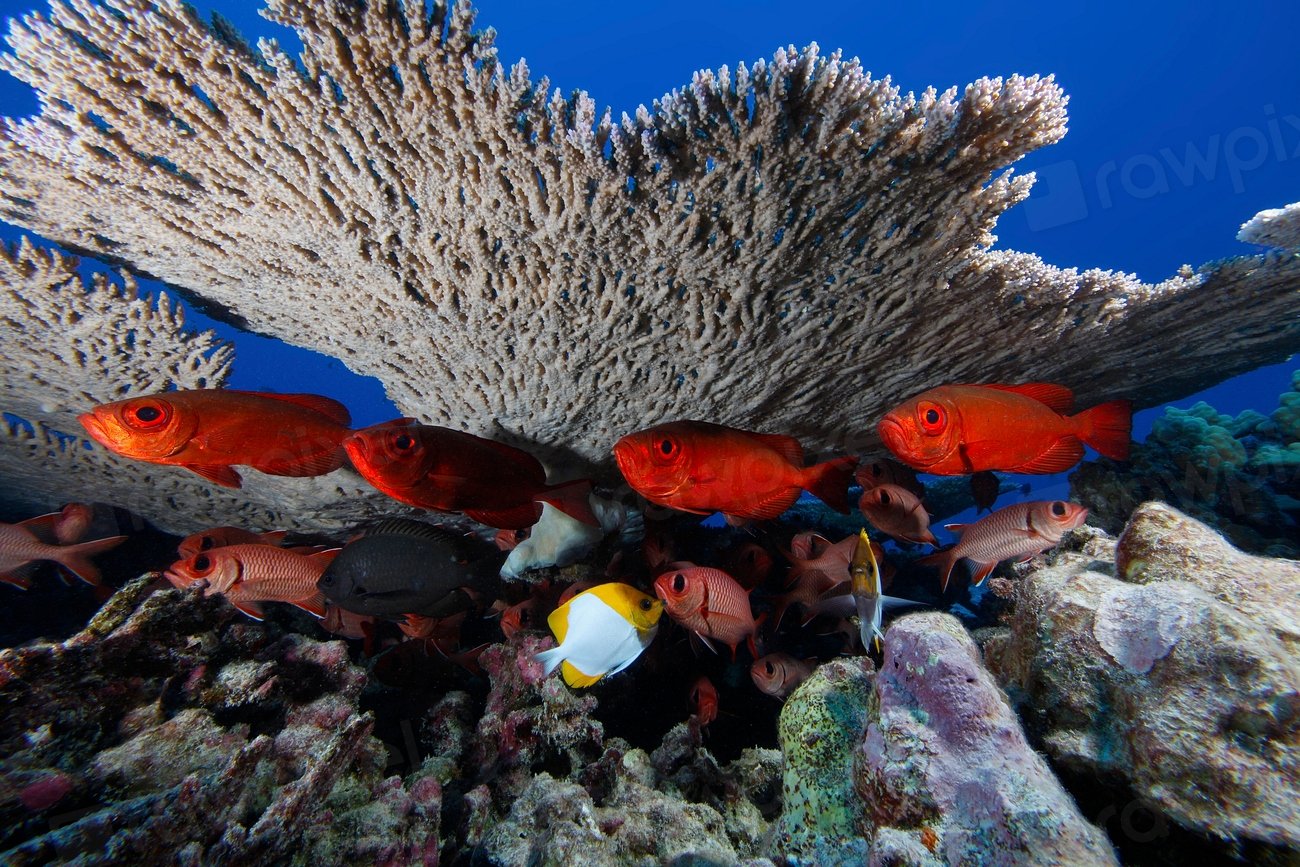
Modern records barely scratch the surface of climate variability in the tropics, the engine room of the planet’s weather. Corals stretch those records far beyond the reach of ships, buoys, and satellites, offering context that ice cores struggle to provide at low latitudes and that marine sediments often smear over centuries. Where tree rings fade in the humid belt, corals shine, turning ocean warmth and chemistry into legible code. That clarity helps refine estimates of climate sensitivity and test models against real-world, pre-instrumental swings. With better baselines, we can separate natural pulses from human-driven surges.
The stakes are tangible. Reef records show that sea level has risen and fallen by meters across past warm intervals, and that tropical oceans can shift quickly when pushed. Knowing how fast coasts responded before cities existed guides planning for ports, wetlands, and freshwater defenses today. It’s not just history for history’s sake – it’s a set of guardrails for the future.
Global Perspectives
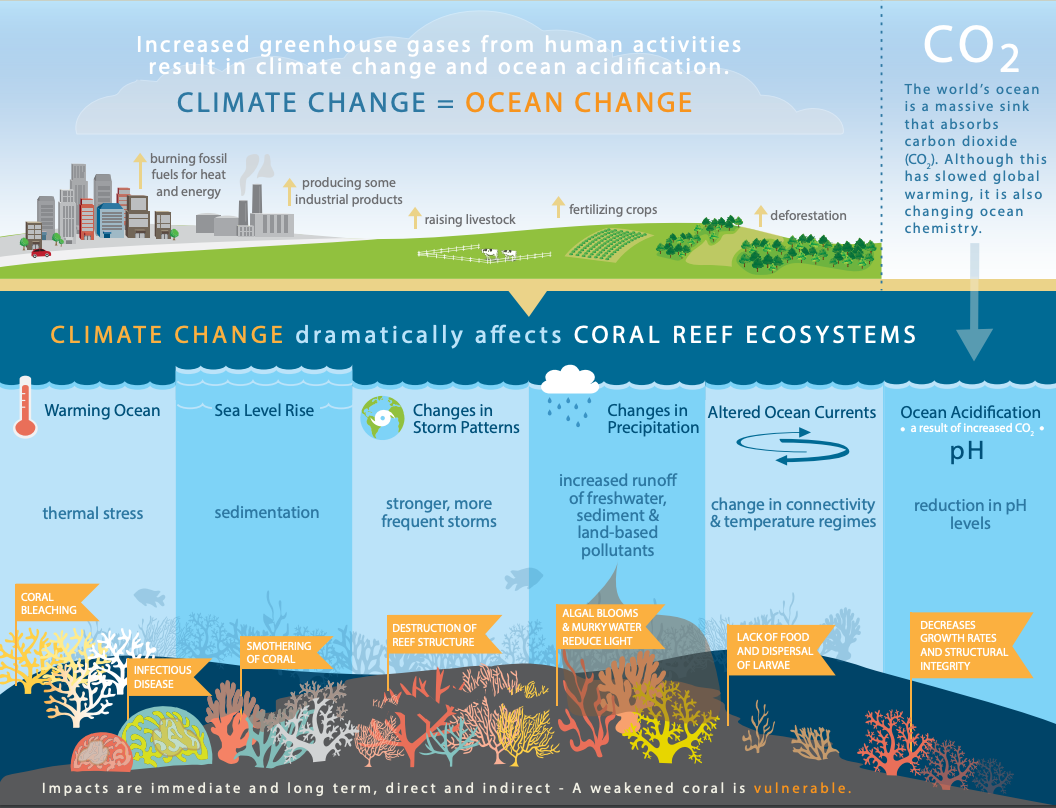
From the Great Barrier Reef’s drowned margins to Caribbean staircases of fossil terraces and Red Sea ledges, reef archives map a truly global ocean story. Each region captures a different rhythm: monsoon pulses in the Indian Ocean, El Niño’s sway across the Pacific, trade‑wind fingerprints in the Atlantic. Stitch them together and you get a panoramic view of tropical variability over centuries to millennia. That patchwork shows that regional extremes can ride atop a broader global trend, complicating any one-size-fits-all forecast.
On a field trip years ago, I tapped a fossil coral on an uplifted cliff and felt the odd sensation of knocking on time. The village below depended on a modern reef for fish and shelter from storms, the same forces that sculpted the ancient terrace under my boots. It’s a reminder that reef science isn’t abstract. These archives belong to coastal communities as much as to journals and models.
The Future Landscape

The next decade will be defined by sharper tools and tougher questions. Secondary ion mass spectrometry and nano‑scale imaging are slicing through growth layers to map chemistry season by season, storm by storm. Advances in clumped‑isotope methods aim to untangle temperature from seawater composition, a classic headache in isotope science. Machine learning is starting to harmonize datasets from dozens of reefs, correcting for species quirks and lab-to-lab differences. Together, these innovations promise cleaner, more comparable records across the tropics.
Challenges loom. Living reefs – the reference points for interpreting the past – face heat stress and acidification that can alter growth patterns. Diagenesis will always threaten parts of the fossil record, demanding rigorous screening and open data about sample quality. International core libraries and digital repositories can preserve precious material and make results reproducible. If we get the curation and the collaboration right, the archive only grows more powerful.
From Coral Thermometers to Coastal Decisions
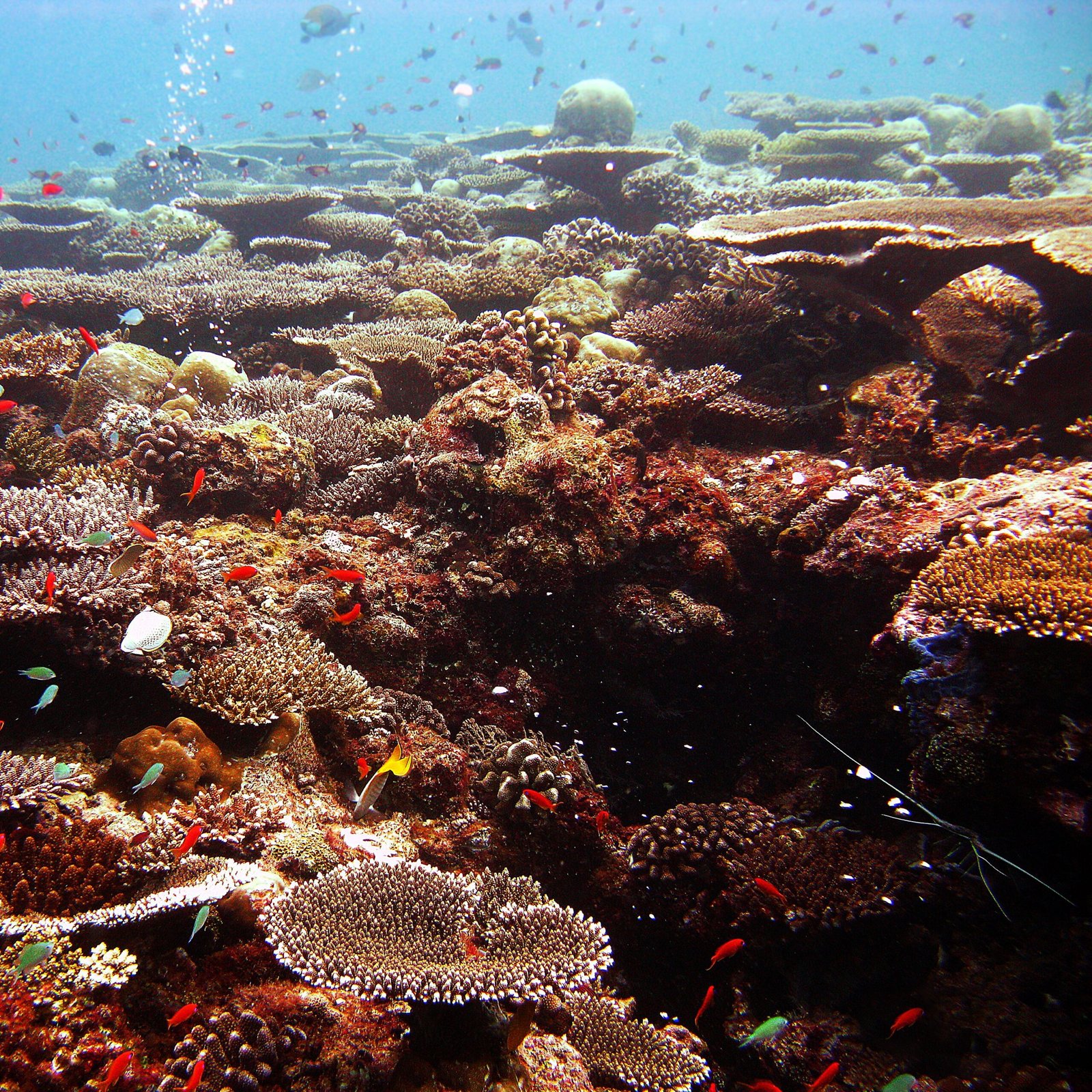
Reef records are already feeding into sea‑level projections, coastal hazard maps, and seasonal outlooks in fisheries and disaster planning. When models are tuned against coral‑derived temperatures and pH, they do a better job reproducing the timing and magnitude of historical swings. That, in turn, sharpens the risk profiles for storm surge, coral bleaching windows, and groundwater salinization. Translating a band in a coral into an action on a shoreline may seem like a leap, but the chain is now strong enough to matter. Policy works best when it’s anchored to time-tested evidence.
The upshot is practical: better past, better forecasts. Tropical nations and island states can prioritize infrastructure upgrades where history shows rapid change is likely. Conservation planners can target refuges where reefs proved resilient across past heatwaves. And education programs can use local fossil terraces as open-air classrooms, turning geologic memory into civic wisdom.
Conclusion
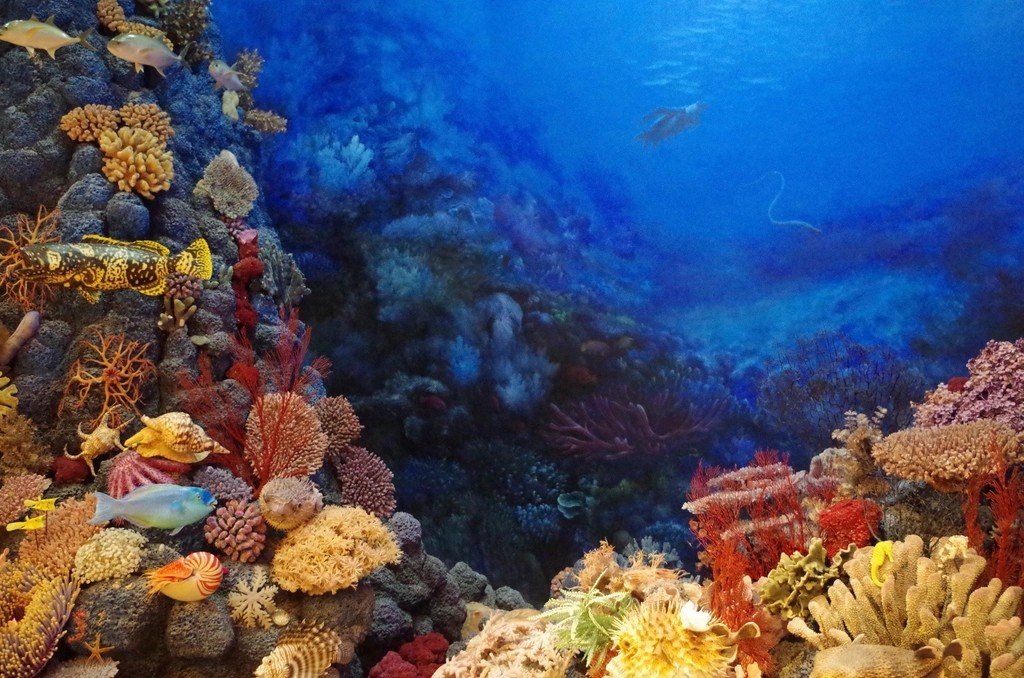
You don’t need a lab coat to help this story continue. Support reef‑monitoring groups and museums that archive coral cores; they keep the baseline alive. When you travel, choose operators that protect coral habitats and avoid anchoring on reefs. At home, reduce heat‑trapping emissions where you can and back policies that steer energy toward cleaner sources. Small moves pile up, the way tiny coral polyps build a wall strong enough to tame a wave.
If you live near the coast, attend public meetings on shoreline planning and ask whether local decisions use paleoclimate evidence, including corals. Teachers can fold reef history into science classes and field trips, showing students how rocks can remember. The ocean has already written the first draft of our future in calcium carbonate. Our job is to read it – and act – before the next tide turns. Did you expect the stone underfoot to speak so clearly?

Suhail Ahmed is a passionate digital professional and nature enthusiast with over 8 years of experience in content strategy, SEO, web development, and digital operations. Alongside his freelance journey, Suhail actively contributes to nature and wildlife platforms like Discover Wildlife, where he channels his curiosity for the planet into engaging, educational storytelling.
With a strong background in managing digital ecosystems — from ecommerce stores and WordPress websites to social media and automation — Suhail merges technical precision with creative insight. His content reflects a rare balance: SEO-friendly yet deeply human, data-informed yet emotionally resonant.
Driven by a love for discovery and storytelling, Suhail believes in using digital platforms to amplify causes that matter — especially those protecting Earth’s biodiversity and inspiring sustainable living. Whether he’s managing online projects or crafting wildlife content, his goal remains the same: to inform, inspire, and leave a positive digital footprint.



